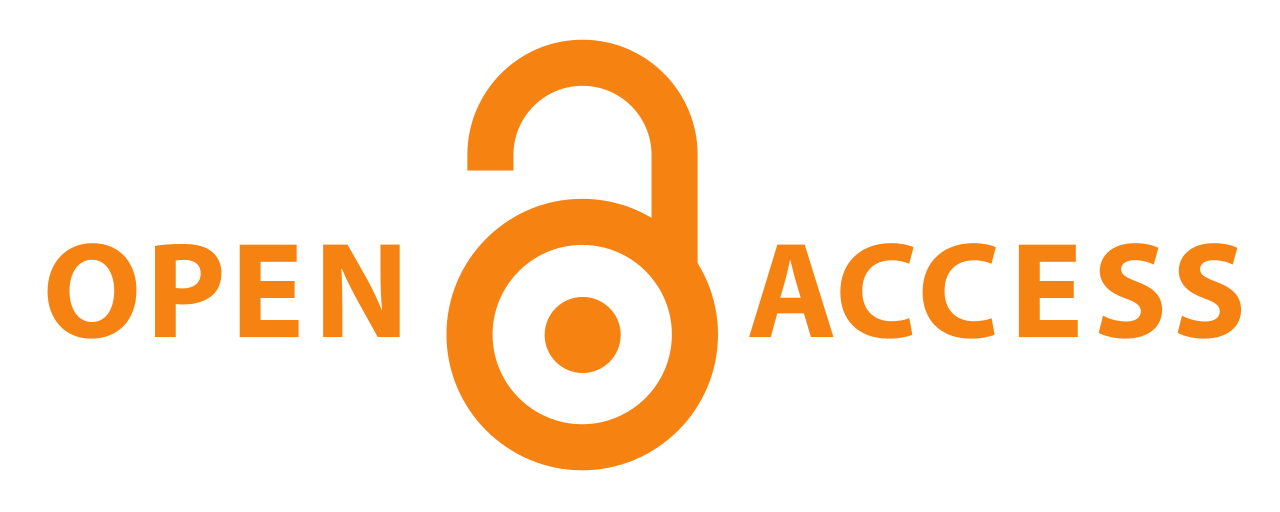The discussion panel itself was made of different stakeholders and actors in scholarly communication, including: Director of Policy and Integrity ARC, Institutional Engagement Manager and Head of Data Publishing from Springer Nature from Springer Nature, Associate Librarian from Scholarly Information Services & Campus Libraries VU, and me as “the centrally important view of the researcher” (that’s at least how my presence was justified…)
After a short introduction we had to answer three pre-determined questions:
- “Is Plan S the right plan for ANZ in the short term? And long term?”
- “What is the role of institutional repositories in a scholarly publishing system that is moving towards gold open access as the preferred model for funders and authors?”
- “Outline an example of an open scholarship or open data initiative and why this underlines the benefits of open research?”
We did not reach a strong conclusion on any of these questions, but there were a few emerging insights (at least for me):
- “Open access” is a general term encompassing publications that are freely available and permanently archived in a public repository or from more traditional publishers and licensed in way that allows broad use and reuse. While Plan S requires all publicly funded research outcomes to be immediately made available to the public and for the benefit of the public, it also places restrictions where and how these outcomes have to be published.
- Depositing in institutional repositories is currently mandatory in most of the Australian research institutions and is also the preferred option for freely sharing the research outputs. Plan S acknowledges the role of repositories for archiving research, but does not see it as the main publishing venue. Importantly, institutional repositories and many other free non-profit repositories (like preprint servers) are not likely to be compliant with Plan S requirements.
- Another concern is related to academic freedom – the right of academics to decide where to publish their findings and the impacts on the researchers themselves. Especially in the early stage of Plan S, there will be not many journals fully compliant with the requirements, and thus reduced choice of publishing venues. This may mean having to publish in less reputable or less impactful journals than the researchers would otherwise submit their work to. Such restrictions may strain international collaborations and also affect career prospects of researchers.
- Plan S would also negatively affect research societies and their role in fostering good quality research and research careers. Many societies earn the bulk of their income from the subscription-based journals they publish. Flipping to publishing in a full open access model requires significant financial resources and many societies will not be able to afford this. If they don’t flip, they may lose on submissions, reputation and income (for more details read this opinion).
- It is not clear whether under Plan S there will be savings in the overall research costs. If not-for-profit publishers and repositories get marginalised, the overall bill might be actually higher, with the costs shifting from the reading/access fees to publishing fees (and it is not quite clear how the later will be covered).
- Finally, change to Open Access and Open Science should not be rushed. Taking time will allow figuring out the safest path for transition for the publishers and researchers. Changing the mindsets of academics via education, not enforcement, will be an important factor. It will also be easier with new generation of young scientists joining academia, more ready to embrace open science.


 RSS Feed
RSS Feed